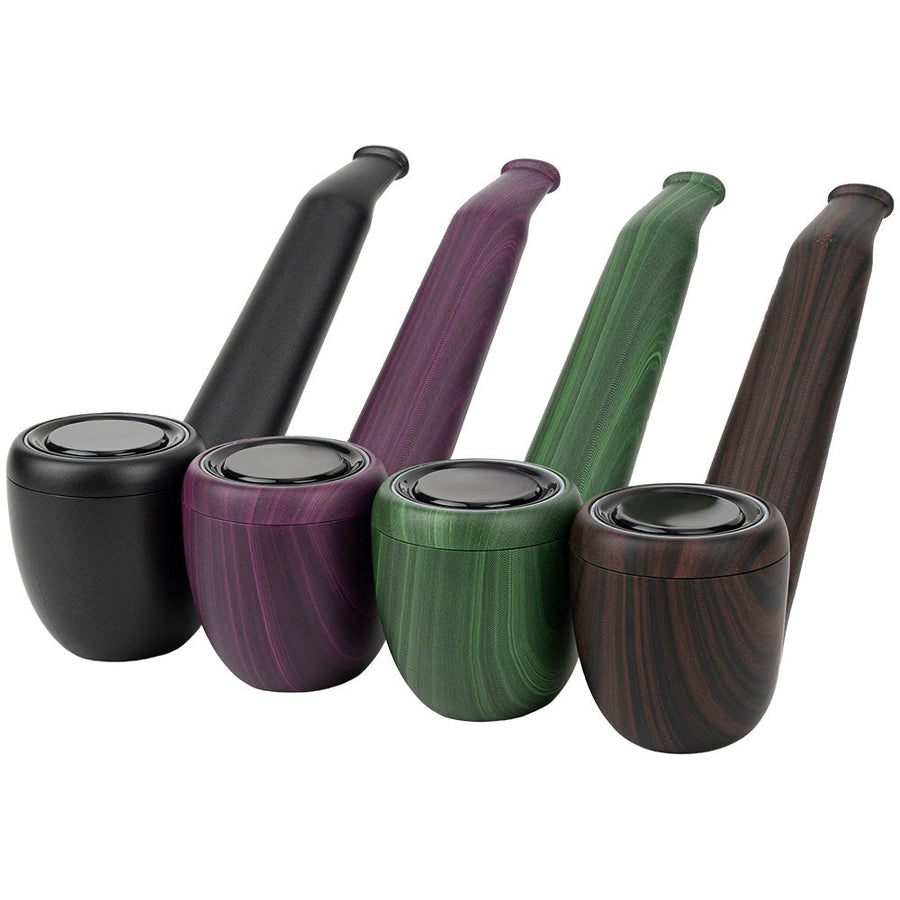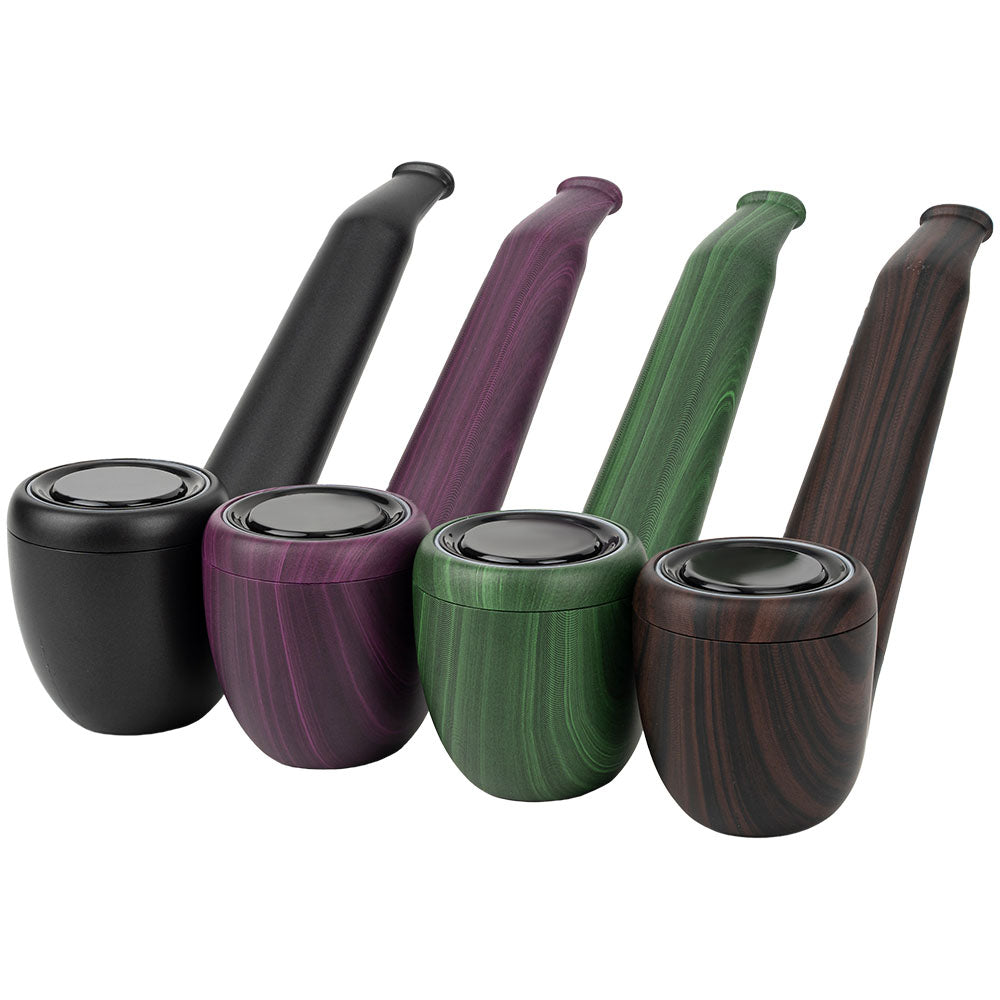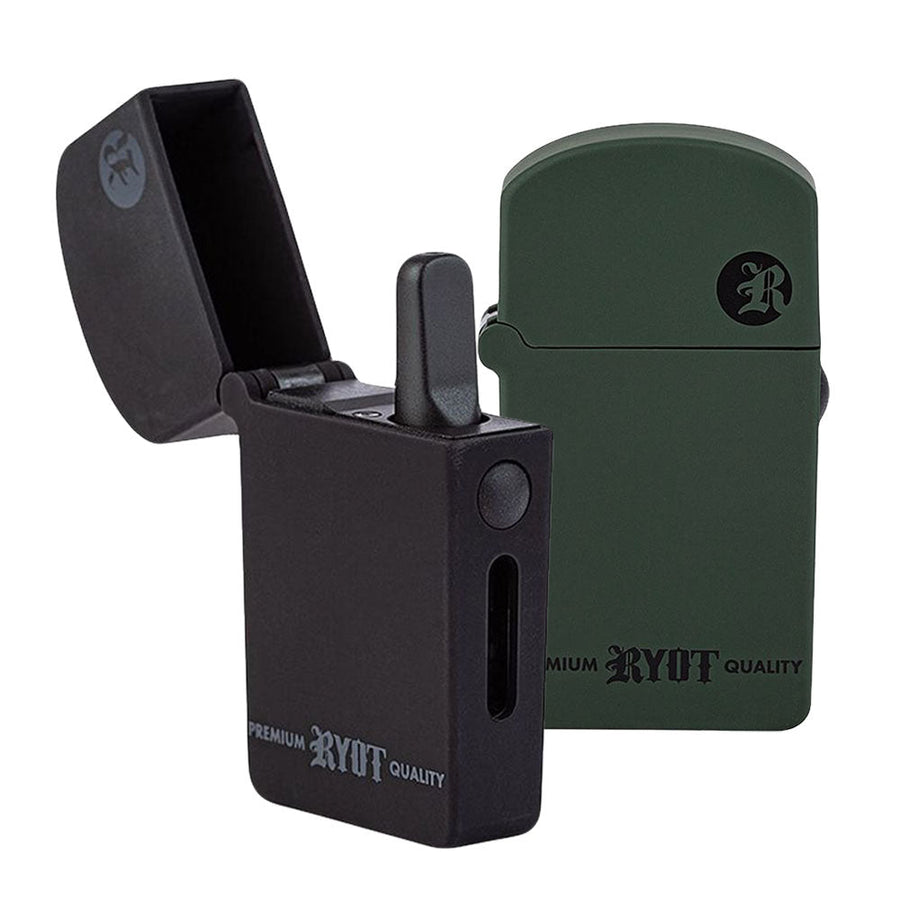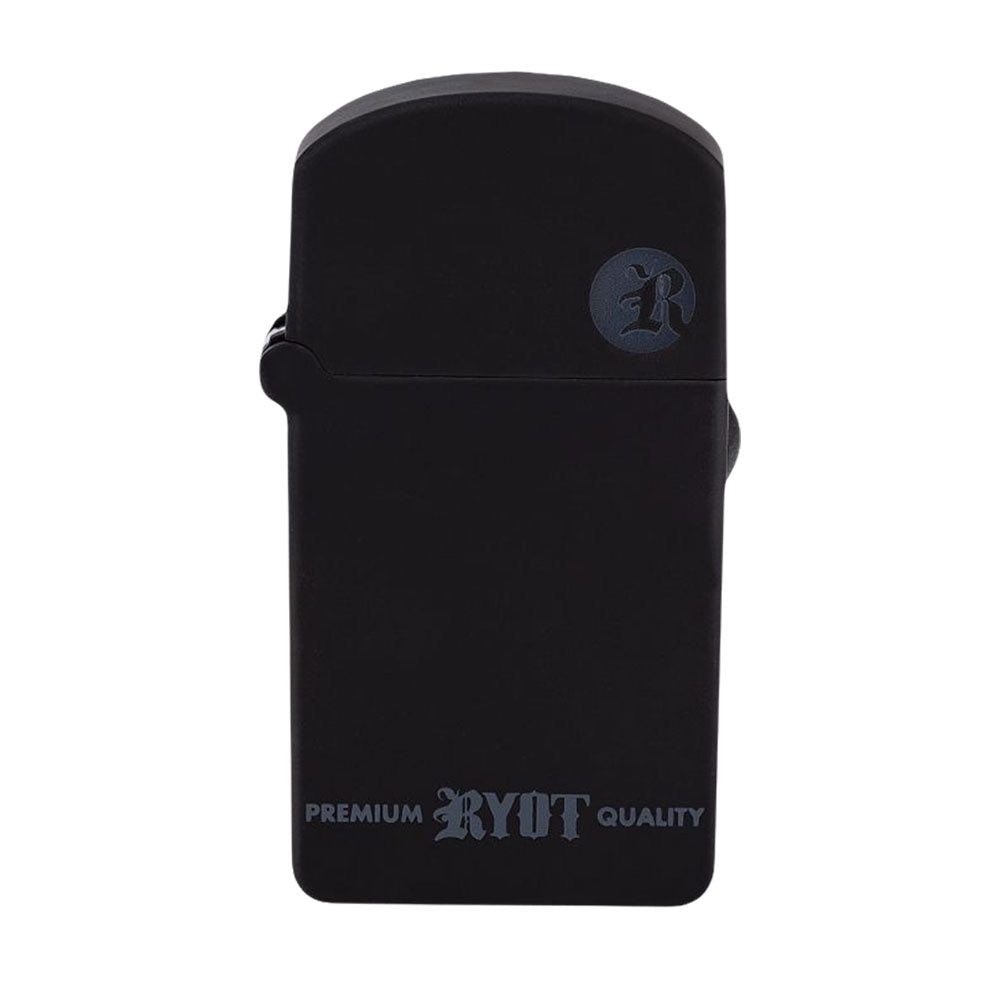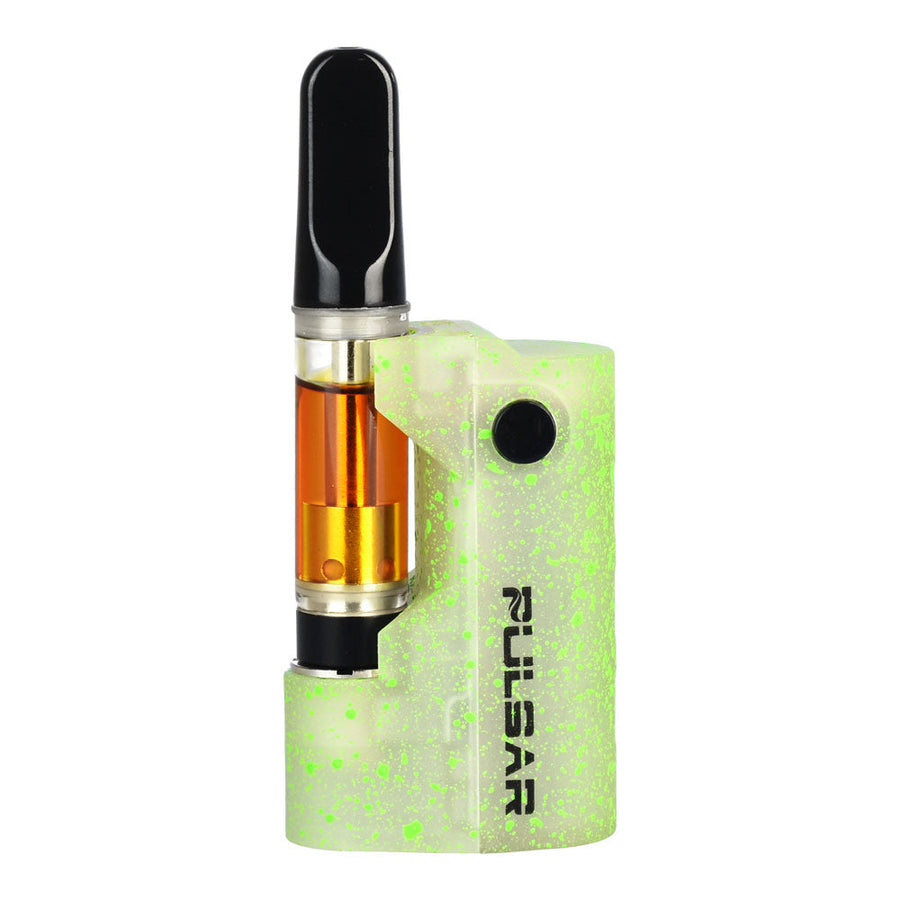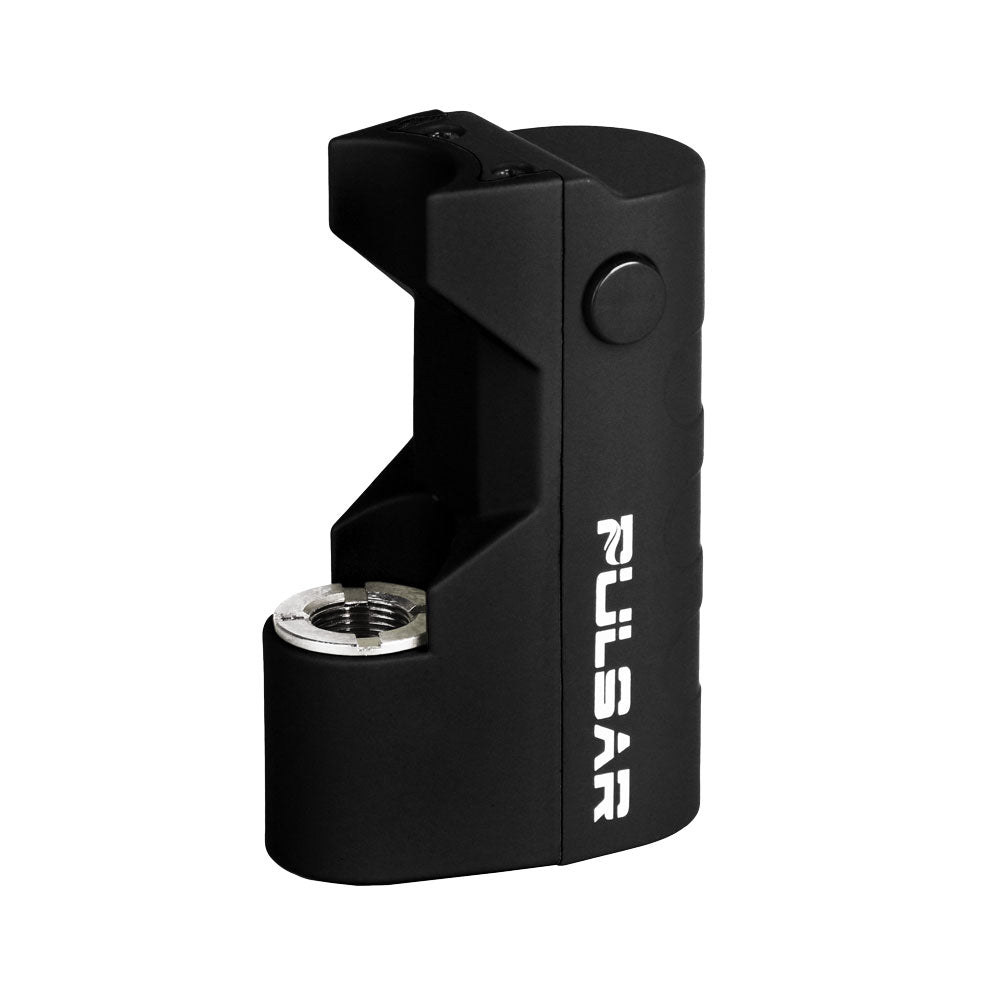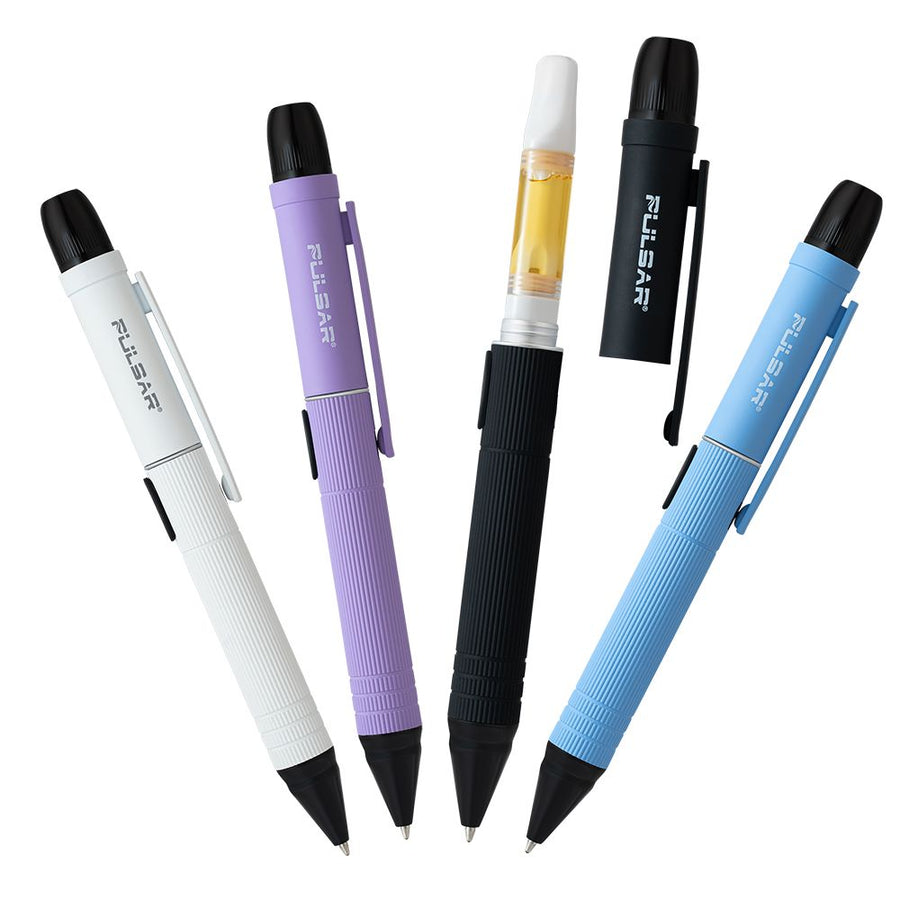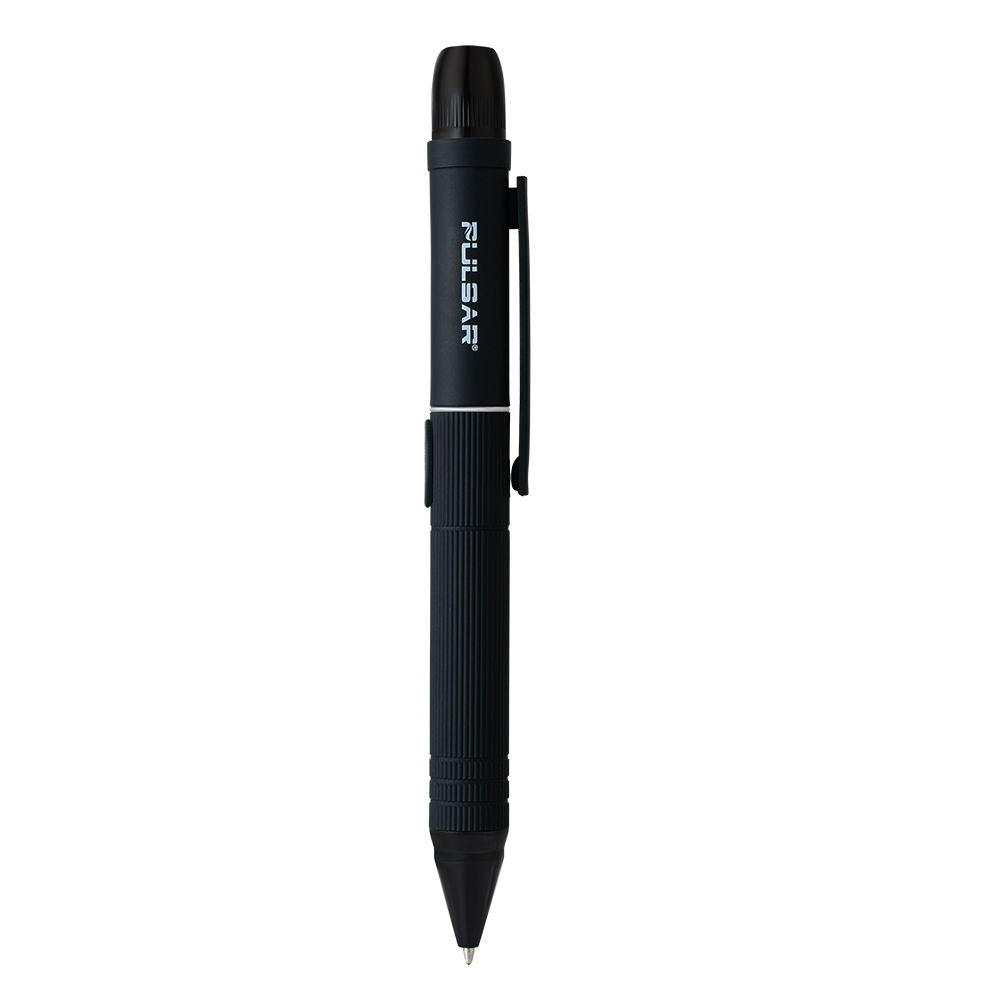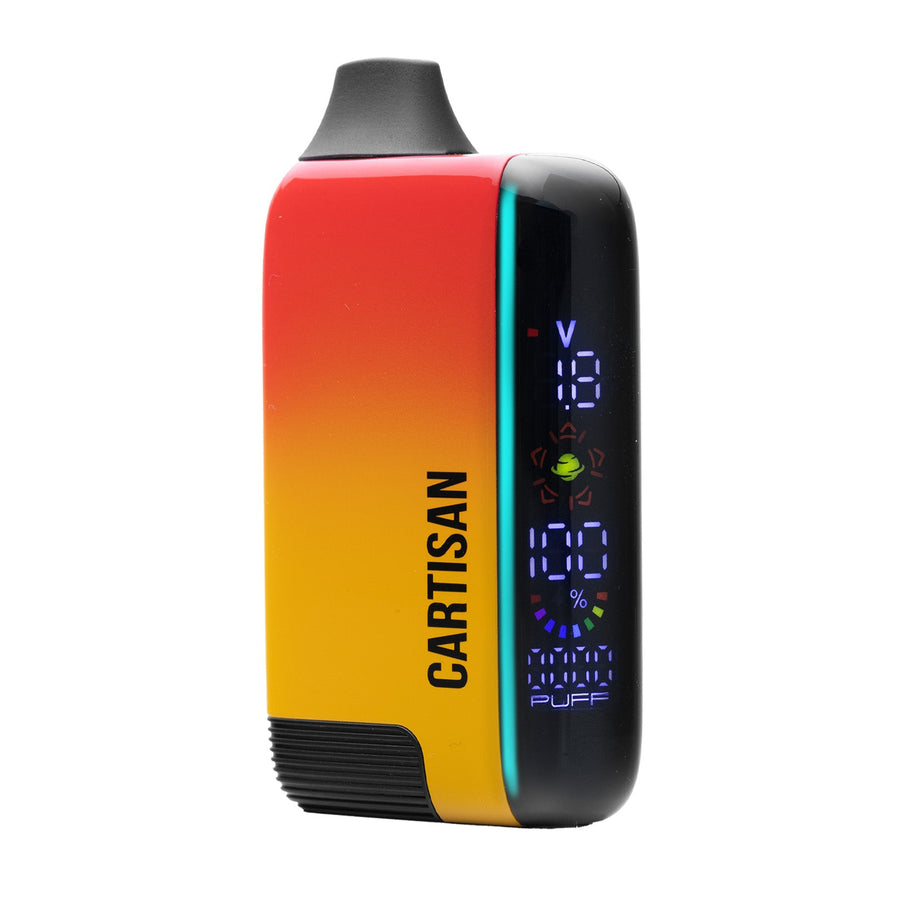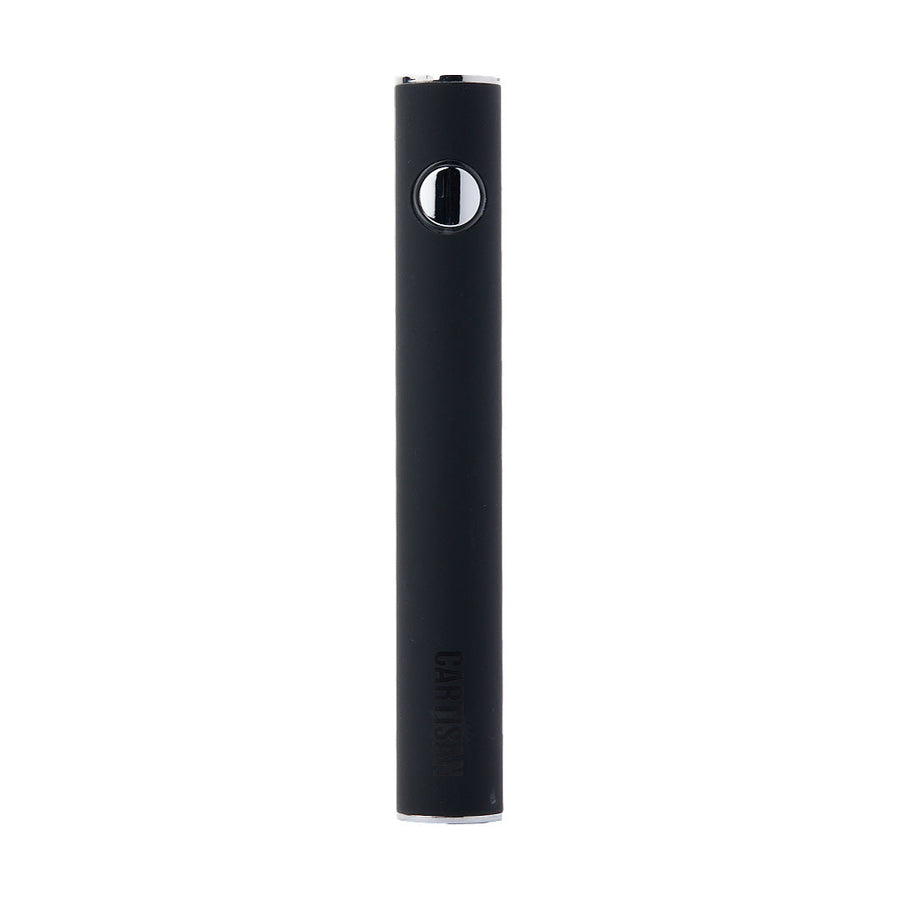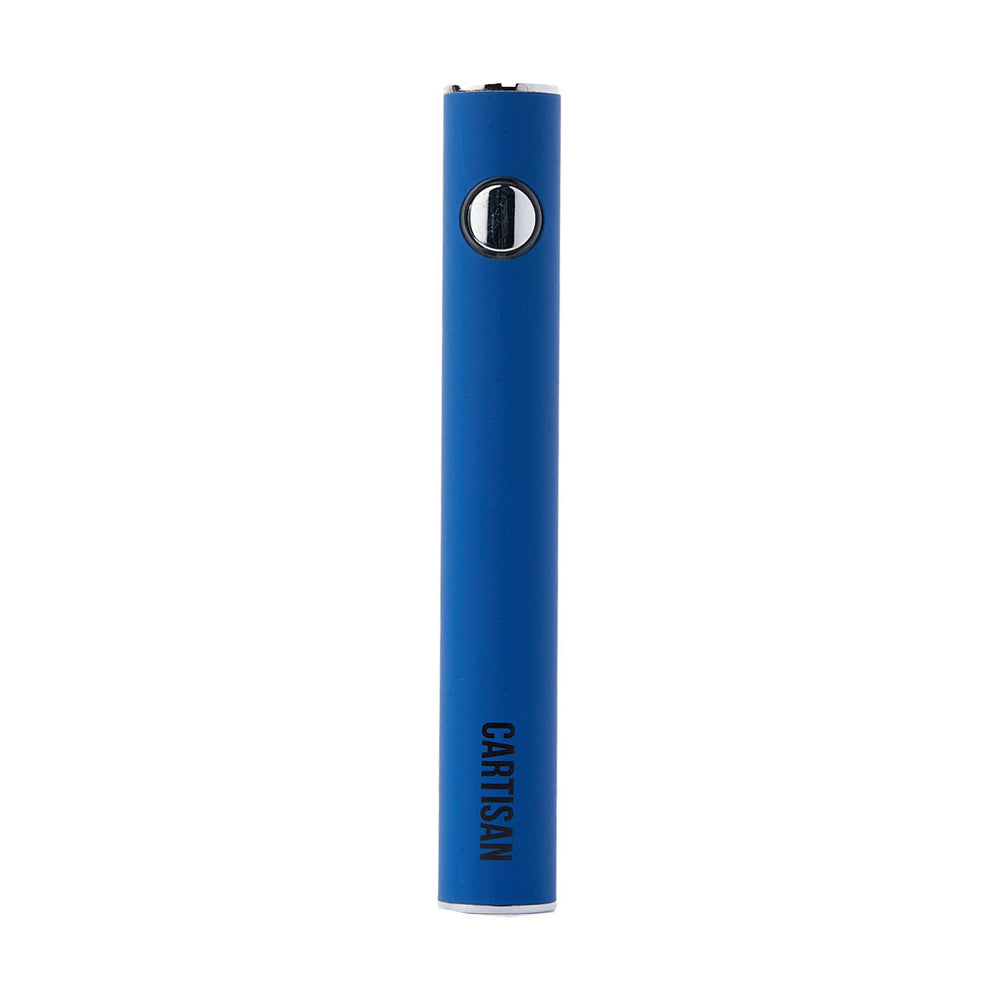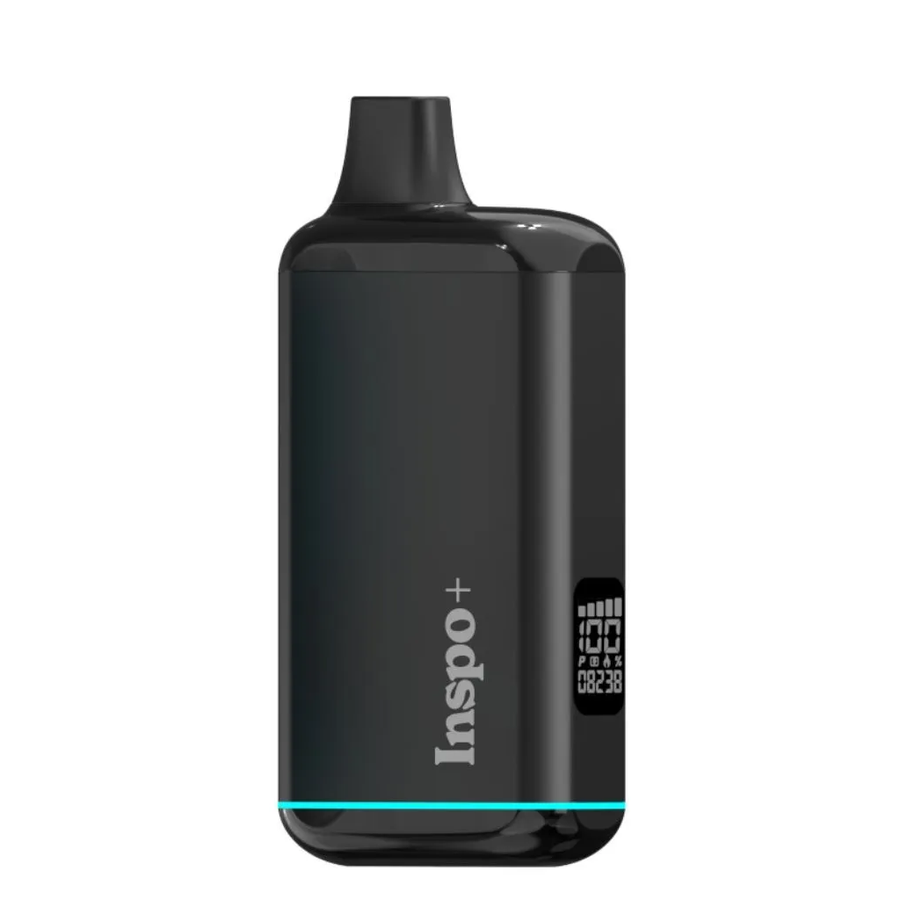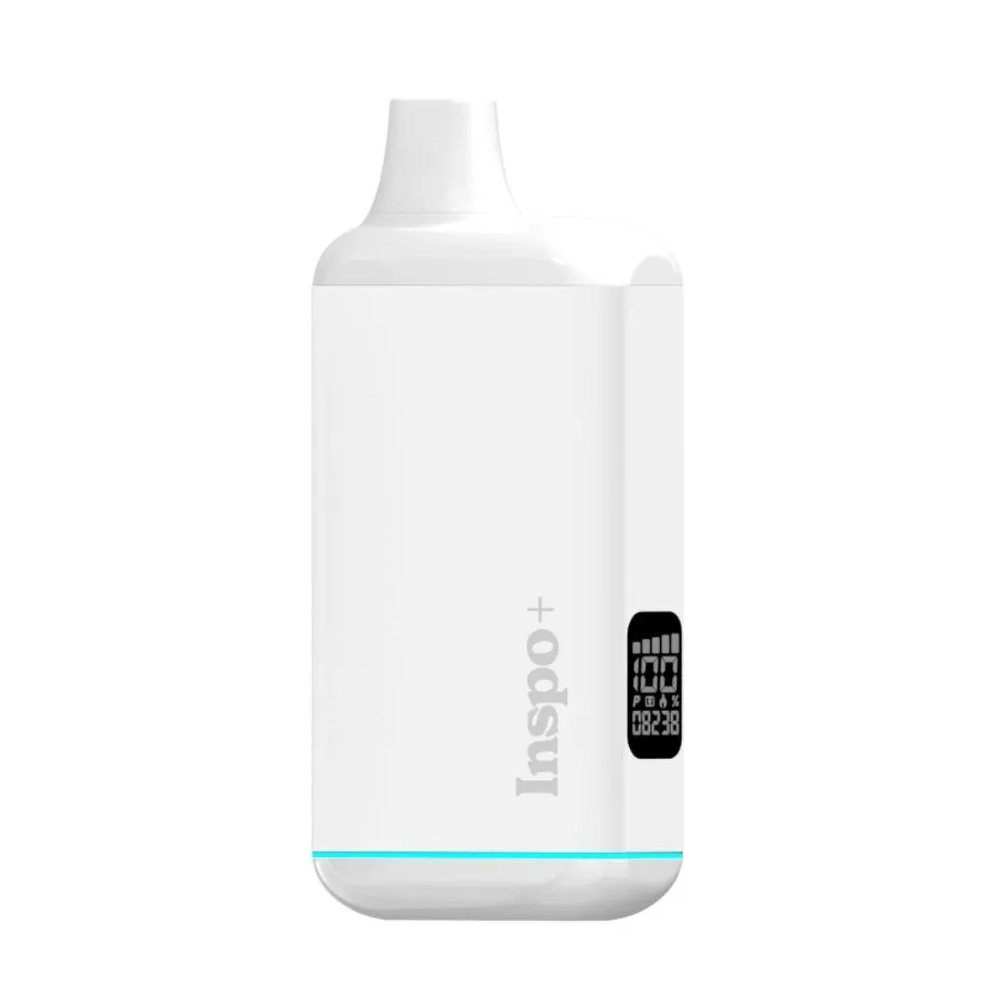A Beginner's Guide: How to Use a Spoon Pipe

Many people find themselves intrigued by the art of pipe smoking, yet feel intimidated by its seemingly complex nature. The truth is, mastering a spoon pipe can significantly enhance your smoking experience, offering a smoother and more flavorful session compared to other methods.
This guide aims to demystify the process, presenting it as an accessible pleasure rather than a daunting challenge. By focusing on practical advice and simple techniques, we'll show you how enjoyable and straightforward using a spoon pipe can be.
With years of experience in the world of recreational marijuana and tobacco pipes, I've come across my fair share of smoking devices. From hand pipes to glass pipes, each brings something unique to the table.
However, few match the balance between ease of use and quality of experience provided by a good spoon pipe. Whether you're navigating herbal blends with a herb grinder or lighting up with hemp wick for a cleaner burn, this piece has got you covered.
Let's unlock the secrets together; satisfaction is just around the corner.
What is a Spoon Pipe?
A spoon pipe is a small, handheld tool used for smoking. It gets its name because its shape resembles a spoon. The main parts include a bowl where you place your cannabis, a mouthpiece you inhale from, and often a carb hole on the side to control airflow.
People who enjoy marijuana smoking find spoon pipes easy to use and carry around.
These pipes are made from different materials like glass, metal, or wood. Glass ones are popular because they don't affect the taste of cannabis. Smokers can also see inside them which makes it easier to know when it's time to clean.
Spoon pipes have been essential smoking accessories for years due to their simplicity and effectiveness in delivering a quick smoking session wherever you are.
How to Use a Spoon Pipe
Load your pipe with the desired smoking substance and hold the lighter to the bowl. Inhale slowly while gently pulsing the flame over the bowl to evenly light it.
Preparing Your Pipe
To use a spoon pipe, it's essential to prepare it correctly. Here's how:
- Clean the pipe before use to remove any residue from manufacturing.
- Grind the smoking material to ensure an even burn and smooth airflow.
- Pack the bowl lightly to allow for optimal airflow and a consistent burn.
- Position the lighter over the edge of the bowl and ignite while inhaling gently.
- Rotate the pipe while lighting to ensure an even burn across the smoking material.
Now let's go into more detail about how to get your spoon pipe ready for a great smoking experience!
Smoking Techniques
To achieve the best smoking experience with a spoon pipe, use these techniques:
- Hold the pipe with your non-dominant hand and place your thumb over the carb hole.
- Lightly pack the bowl with ground herb, ensuring not to overstuff it to allow proper airflow.
- Apply the flame directly to the herb while inhaling slowly to draw the smoke into the pipe.
- Once the bowl is lit, release your thumb from the carb hole to clear the chamber and inhale deeply.
- Rotate the pipe slightly while lighting to ensure even burning of the herb.
Let's move on to cleaning and maintenance tips for your spoon pipe.
Cleaning and Maintenance
To keep your spoon pipe in top condition, regular cleaning and maintenance are crucial. Follow these steps to ensure your smoking tool stays reliable and enjoyable:
- Clean After Each Use: Remove residue by gently tapping or scraping the bowl and wiping it with a cotton swab.
- Deep Cleaning: Soak the pipe in isopropyl alcohol for several hours, then scrub away any remaining buildup with a pipe cleaner.
- Avoid Excessive Residue: Regularly clean the mouthpiece and chamber to prevent clogging and maintain airflow.
- Storage: Keep your spoon pipe in a protective case or pouch to prevent damage and limit exposure to dust or debris.
- Maintenance Routine: Inspect for cracks, chips, or other damage regularly; replace any components showing wear.
By following these simple cleaning and maintenance practices, you can ensure that your spoon pipe remains a reliable smoking tool for years to come.
Factors to Consider When Choosing a Spoon Pipe
Consider the material options and additional features when choosing a spoon pipe. For more details, dive into our guide to using a spoon pipe for an enhanced smoking experience.
Material Options
Spoon pipes are crafted from various materials, each offering unique benefits to enhance your smoking experience. Glass spoon pipes are popular for their smooth hits and easy cleaning process.
Metal spoon pipes provide durability and often come with built-in features like screens for a convenient smoke. For those seeking artistic flair, there are ceramic spoon pipes available, showcasing intricate designs while maintaining functionality.
Additionally, wooden spoon pipes offer a natural aesthetic and can develop character over time with proper care, making them an appealing choice for many smokers.
Choosing the right material is crucial in ensuring a satisfying smoking session based on preferences such as taste, ease of maintenance, and overall aesthetics of the pipe. Each material presents distinct advantages that cater to different needs and styles of smokers in enhancing their smoking pleasure.
Additional Features
When choosing a spoon pipe, consider additional features such as built-in screens to prevent ash and debris from reaching your mouth. Some pipes also come with carb holes to control airflow and make it easier to clear smoke.
Furthermore, look for designs with unique aesthetics or personalized touches like hand-blown glass or intricate patterns that suit your style.
Moving on from additional features, let's explore the various materials used in crafting spoon pipes.
Conclusion
For expert guidance on using a spoon pipe, we turned to Dr. Alex Rendon. He holds a PhD in Pharmacology with over twenty years of research in cannabis and its effects on the body. As an author of numerous papers on cannabis use and safety, Dr.
Rendon's advice is invaluable for beginners.
Dr. Rendon emphasizes the simplicity and effectiveness of spoon pipes for smoking cannabis. He points out that their design allows for easy handling and control over dosage, making them ideal for beginners.
On safety, he advises choosing spoon pipes made from high-quality materials like borosilicate glass or medical-grade silicone to avoid inhaling harmful byproducts from inferior materials.
Ethically, he encourages purchasing from companies that disclose their manufacturing processes and source materials responsibly.
For daily use, Dr. Rendon suggests starting with small amounts to find your comfort level while also keeping the pipe clean to ensure purity of taste and hygiene.
He acknowledges both pros and cons: Spoon pipes are portable and user-friendly but can break easily if not handled carefully. Compared to other methods like vaping or edibles, they offer immediate effects but require more frequent cleaning.
Dr. Rendon concludes that spoon pipes are excellent tools for beginners due both to their simplicity and efficiency in delivering cannabis' benefits when used responsibly.
FAQs
1. What is a spoon pipe used for?
A spoon pipe is a popular smoking tool, often used for smoking cannabis through bowl lighting techniques.
2. How do I use a spoon pipe as a beginner?
First, you need to understand the parts of the pipe: the bowl where you place your marijuana and the stem which directs smoke into your mouth. You light up the cannabis in the bowl and inhale from the other end.
3. Are there different types of smoking pipes?
Yes, there are several types including glycerin pipes and traditional tobacco pipes; each offering unique features suitable for varied preferences among users.
4. How does using a spoon pipe compare with other smoking equipment?
Spoon pipes are portable and easy to use compared to some complex smoking equipment making it an ideal choice especially for beginners.


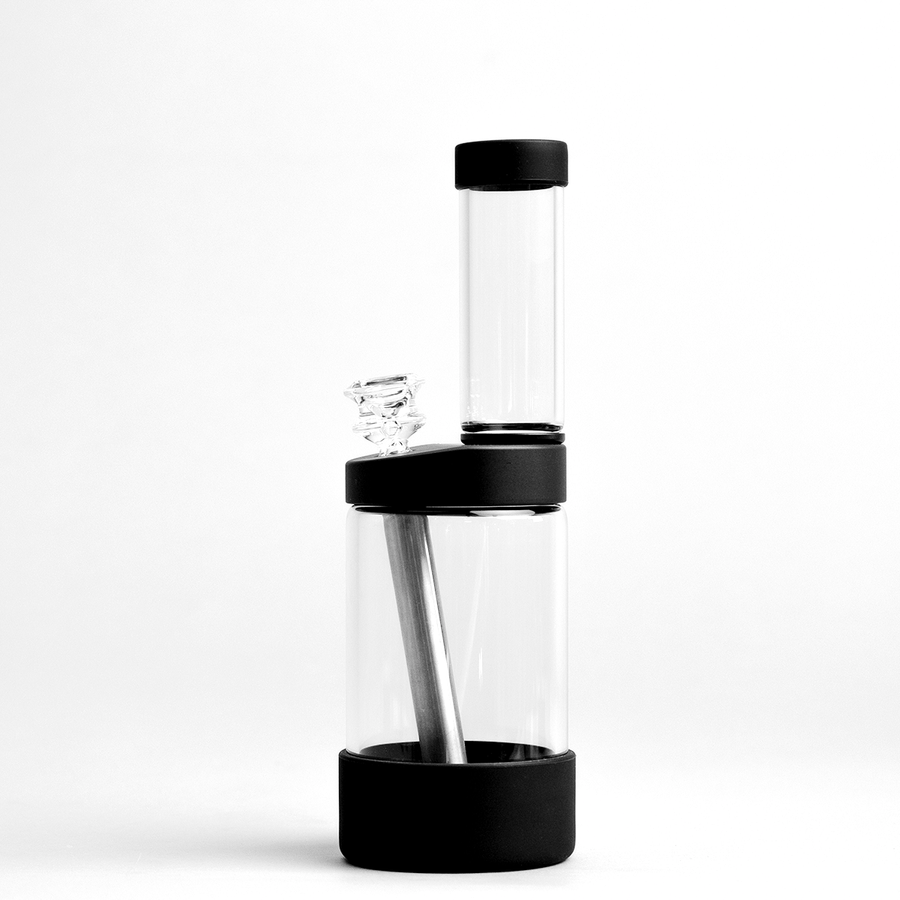
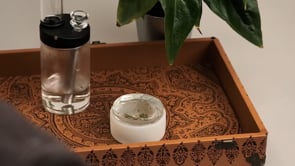





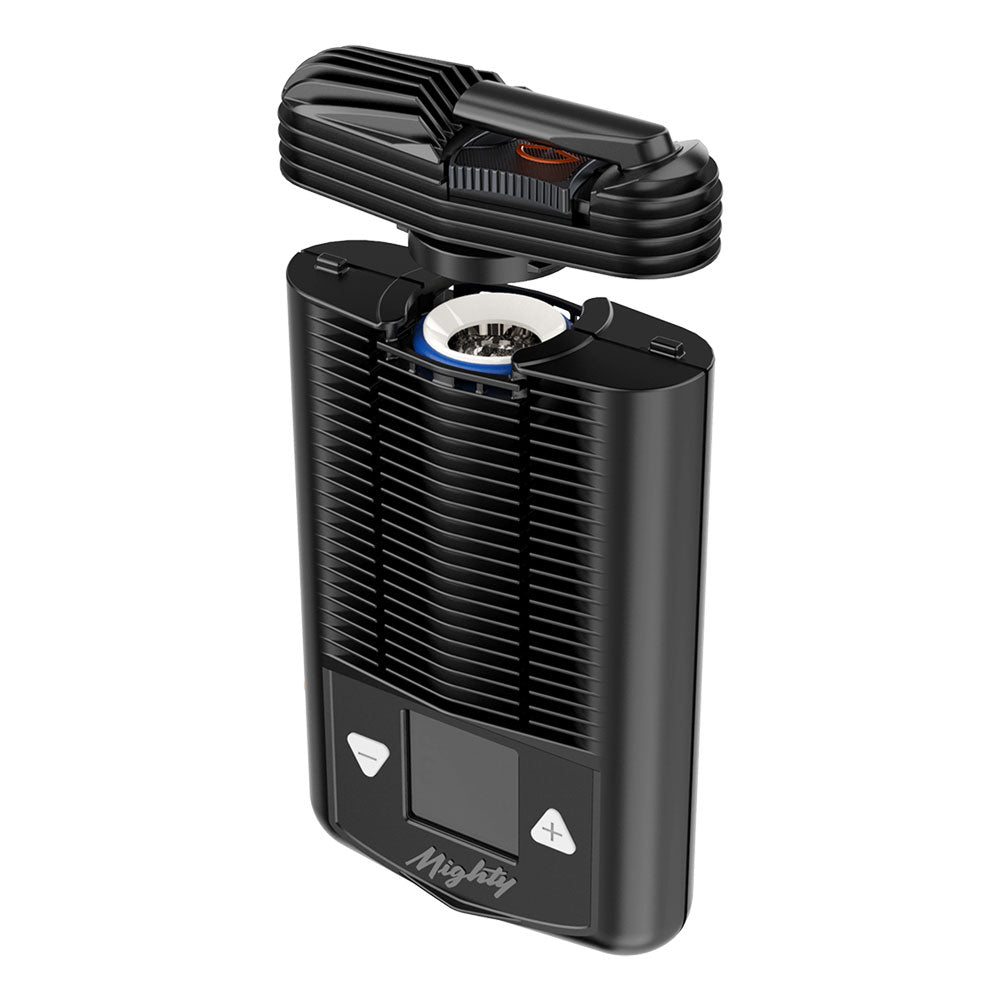
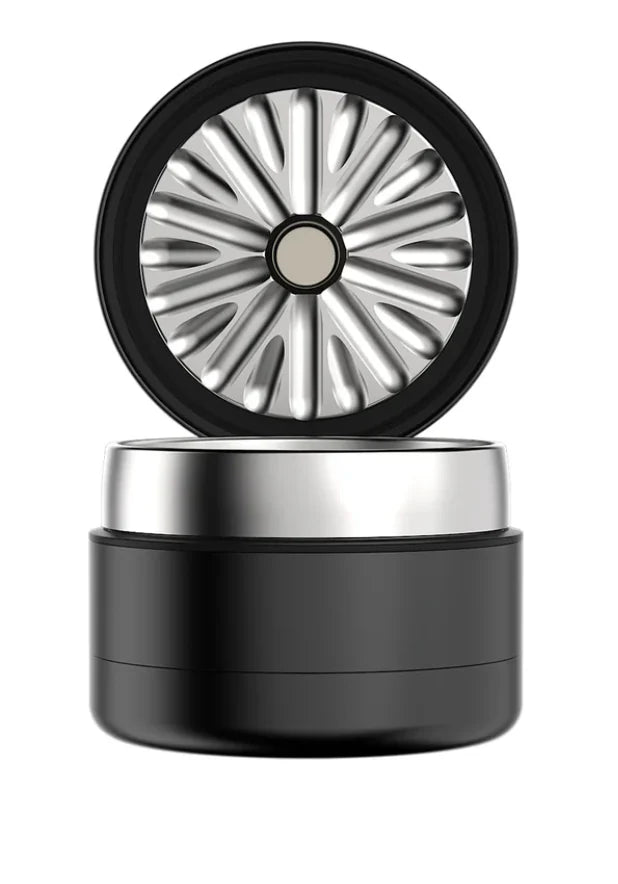
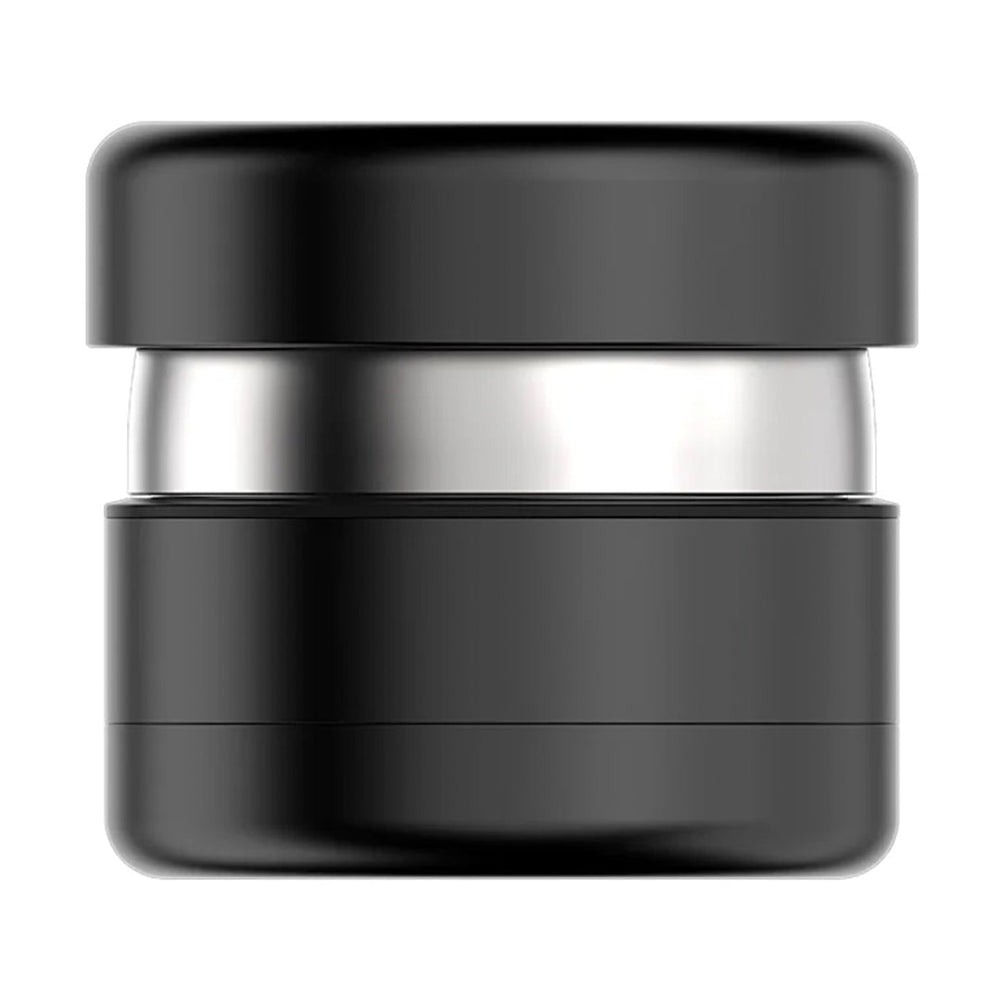




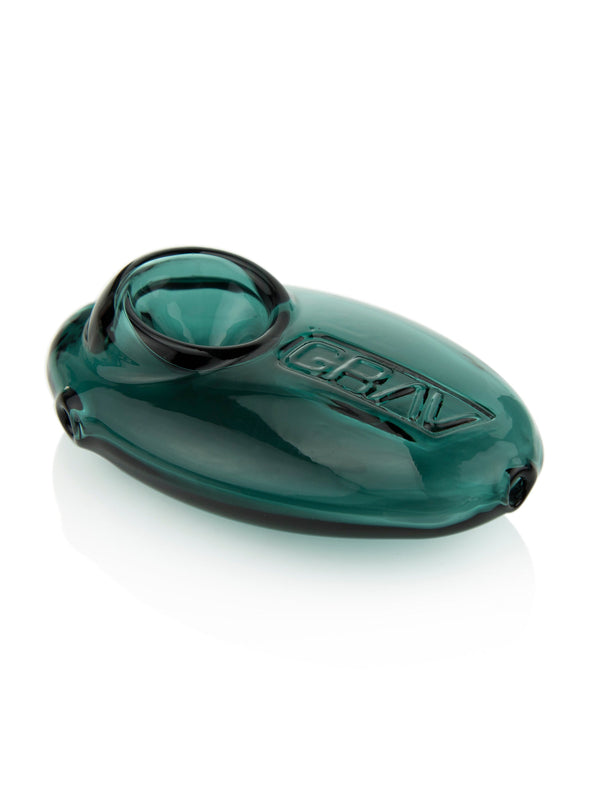



![Vessel Compass Rise [Obsidian] - Headshop.com](http://www.headshop.com/cdn/shop/files/631009c0-e68c-4238-9a63-73f14dd1117f.jpg?v=1717545548&width=900)
![Vessel Compass Rise [Obsidian] - Headshop.com](http://www.headshop.com/cdn/shop/files/a12c8ff4-4bee-4dc9-b697-542f6130e46e.jpg?v=1717609092&width=1000)
![Expedition - Trail Edition [Black] - Headshop.com](http://www.headshop.com/cdn/shop/products/d7c2ec3d-2d0b-48e8-88f1-6a903a43a807.jpg?v=1679517247&width=900)
